Japanese shoemakers have the best international reputation nowadays.
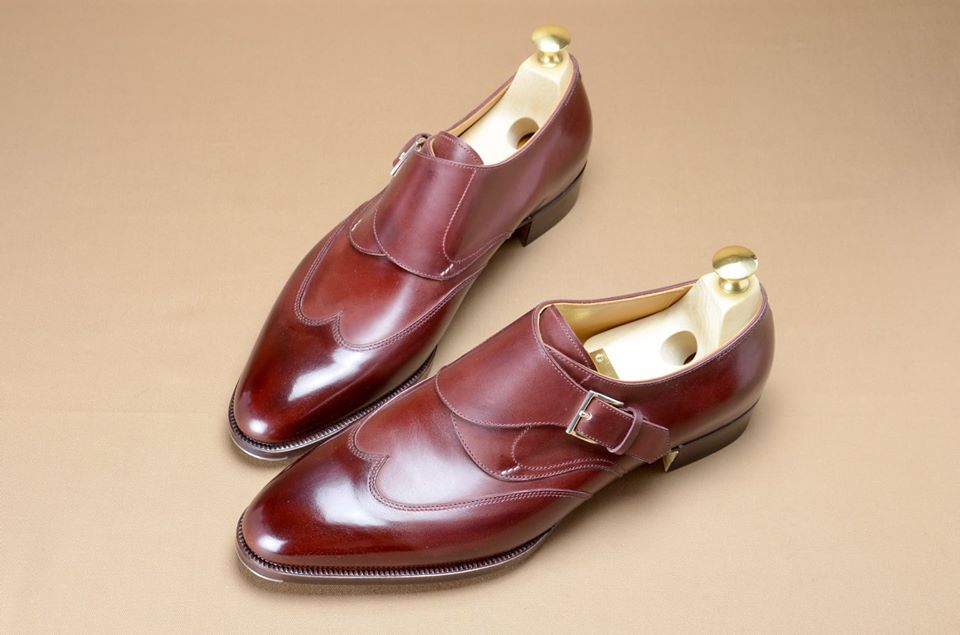
Among so many shoemakers, Hiroyuki Yanagimachi is a pioneer. His brand is Hiro Yanagimachi and his studio is Hiro Yanagimachi Workshop.

After earning a master’s degree in engineering at Chiba University, he joined a large electrical manufacturer to develop resins to replace leather.

In the 90s, he became disgusted with the job, and at the same time accepted the call of shoes to go to London alone to learn shoemaking.
While studying at Cordwainer College in London, he joined John Lobb St James to gain work experience. (That’s why he’s an undisputed pioneer.)
After completing his studies, he returned to Japan. In 1999, he opened a studio at World Footwear Gallery.
In 2008, he moved the studio to its current location in Chiyoya Ward, Tokyo, and established the bespoke workshop “Hiro Yanagimachi Workshop”.

Since 2016, he has been conducting trunk shows overseas.
It is a privilege to interview this master.
You are the truly pioneer of bespoke shoemaker in Japan, today, many Japanese bespoke shoemakers are highly regarded globally. Can you list three who you admire very much?
It is hard to list only three shoemakers. I admire every shoemaker who has his/her own style and face shoemaking sincerely.
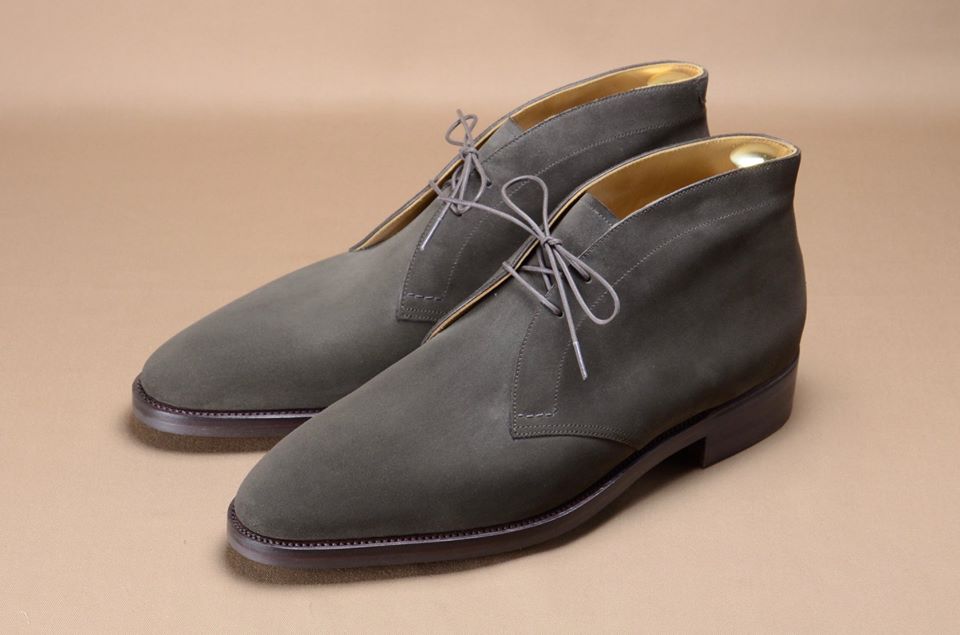
From solely focusing domestic market to an international player, how many trunk shows abroad do you have in one year? Except trunk shows, do you have any other presence in globally?
We have two or three trunk shows abroad in a year. Each place is held once a year. We can accept shoe orders by MTO or MTM only during overseas trunk show.

We don’t have any other presence regarding the shoe order. We can accept the shoe bag order by email and the Room Slipper order through the website of the shoe store Leffot in NYC.
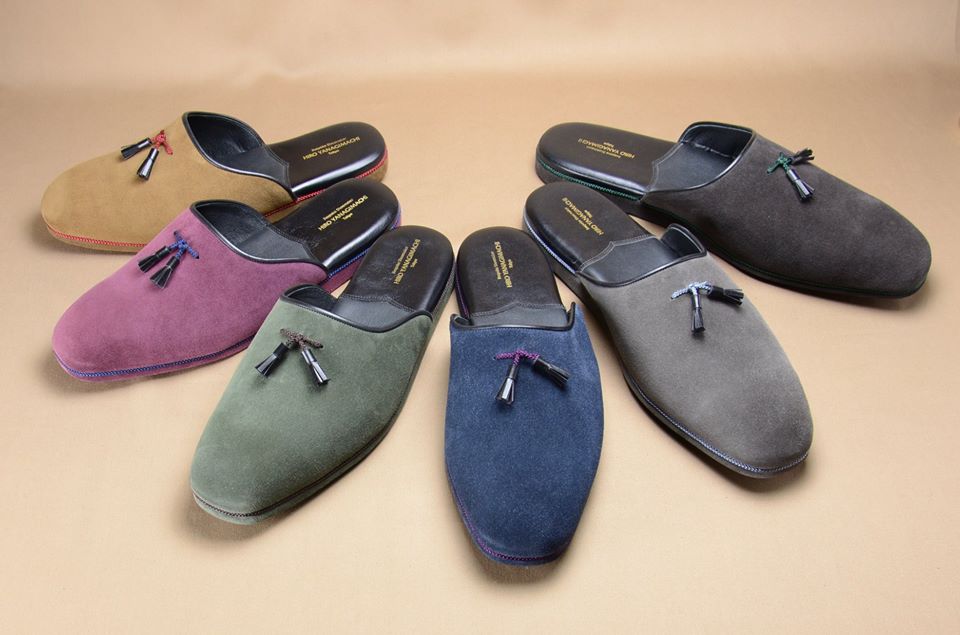
How many people are working in your workshop now? both production and marketing.
Four people are working with me. And other three people work part time.
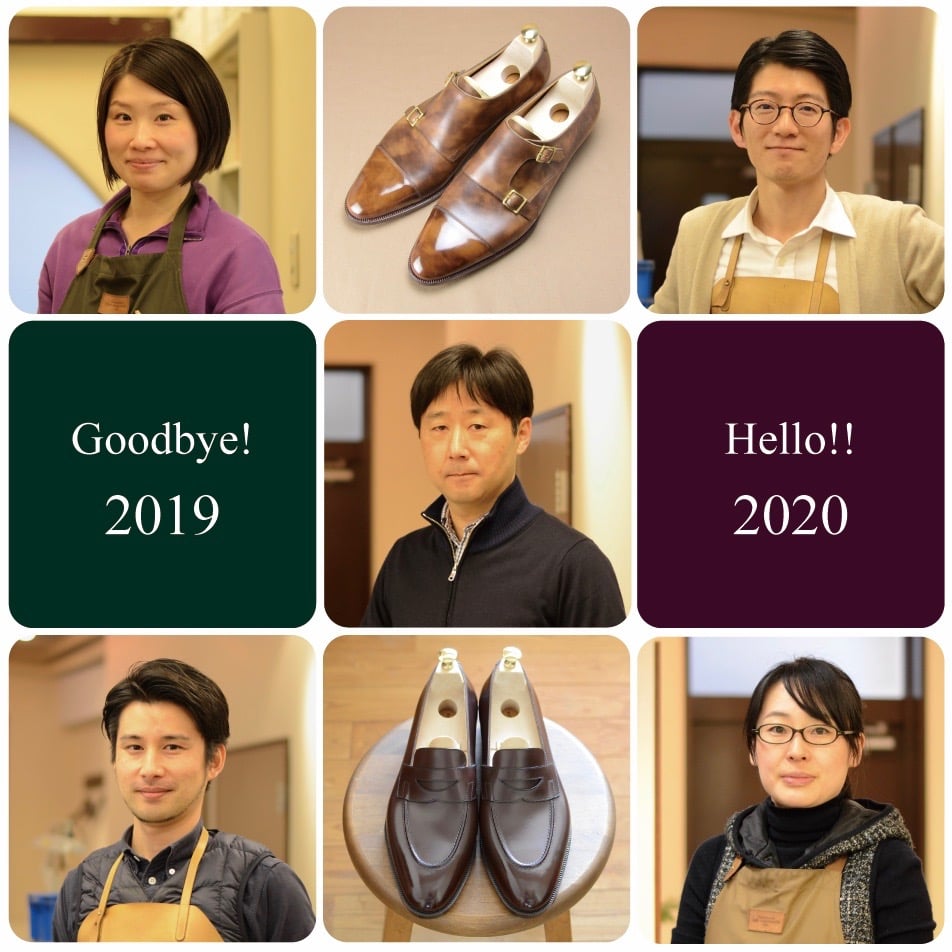
You have MTO/MTM plan, is it possible to expect your ready to wear line?
I think it is one of the possibilities we will do in the future. Depend on the style, it might be good to prepare RTW line.
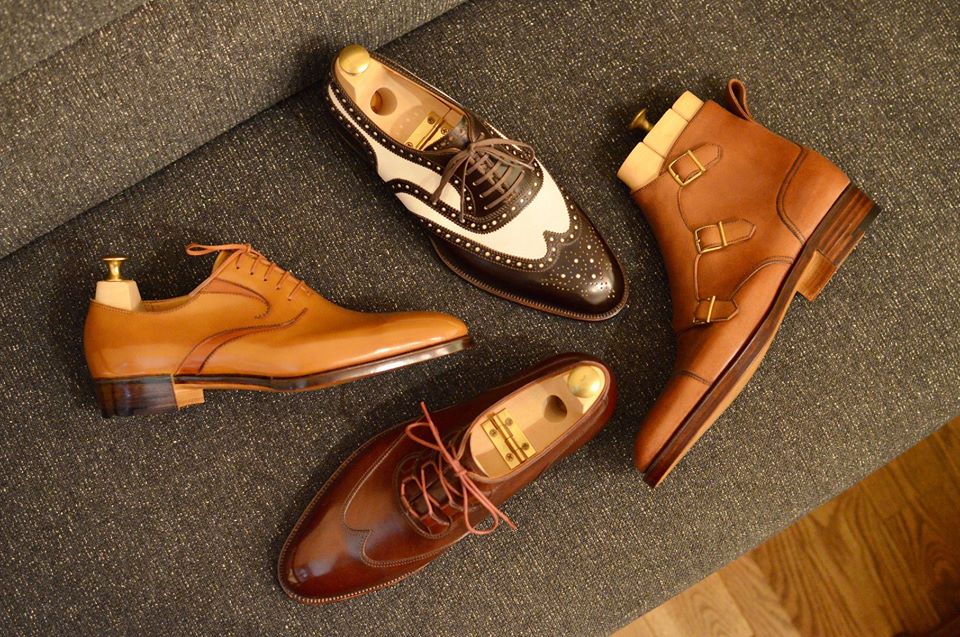
How do you describe your relationship with each customer?
We respect all our customers who trust us to place/consider shoe orders. I am very glad if the customer can feel relax and comfortable during the order at our workshop or the trunk show. Then, we have a good relationship with our customers like a “friend”.
We always hear that Asian people have flat, wide foot and high instep, do you think this affect shoes aesthetics when the classic designs are made for European? How did you accommodate this aspect while keep the design elegant still, or even more beautiful?
I generally agree that many Asian people have flat arch & twisted ankle or wide foot & high instep. I can say that we, Asian people, tend to have complicated foot compared with European.
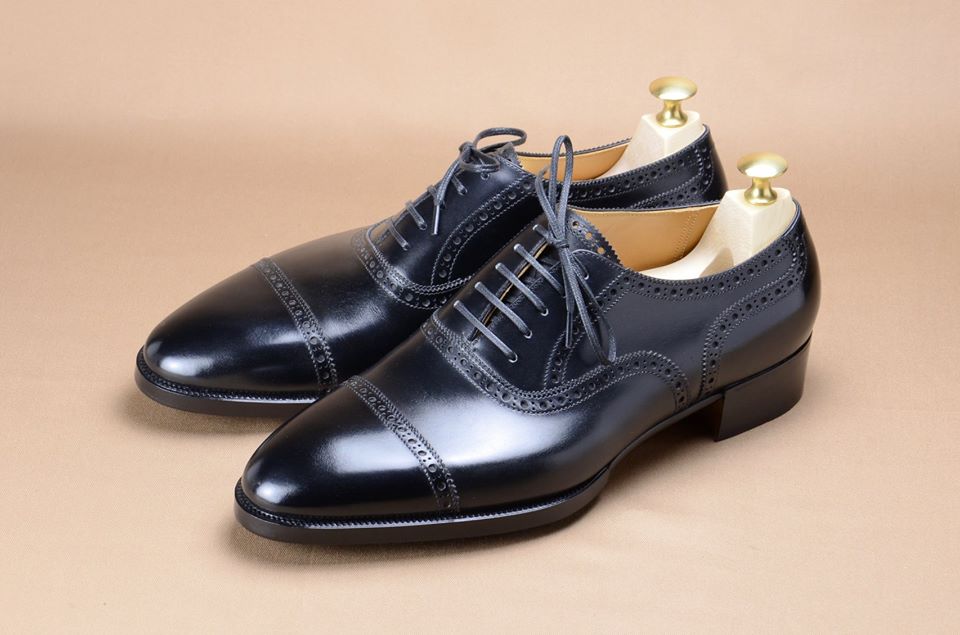
But I respect any kind of shape/feature of foot of a customer. “Elegant” or “beautiful” don’t mean narrow or sharp. Giving the appropriate shape and volume to the last for a customer, I always think about “balance” between “width and length”, “detail and whole”, “foot and body” or “character of the last and personality of the customer”.
We must harmonize with these elements during every process of shoemaking.
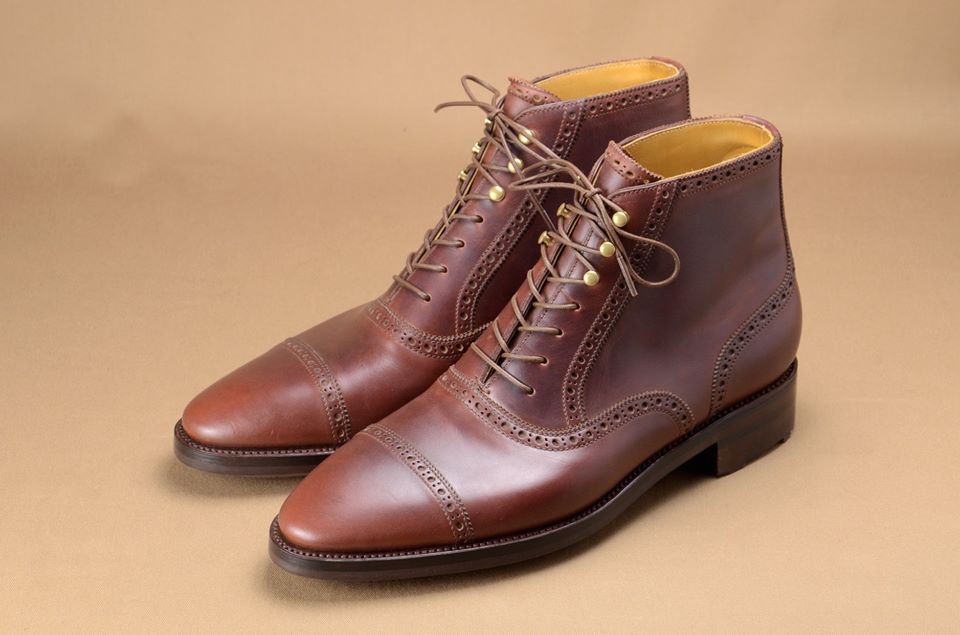
If we can do that, the shoes will seem to be a part of the customer. We always try to achieve such shoes.
We come to an era that sole is the most focused area, fiddleback is worshiped, hand welted is highly marketed, do you like this trend?
These are typical details that can be achieved by truly handmade and found only bespoke shoes.
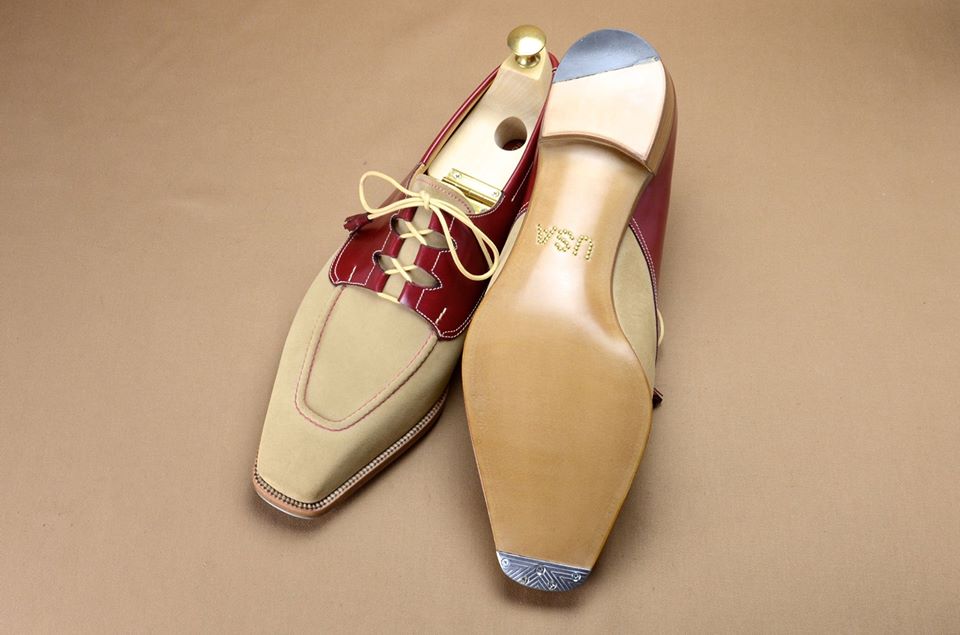
Nowadays, some of shoemaker/bespoke shoemaker, including us, are offering the high-end MTO/MTM shoes made by hand/semi-hand having such details. These details make the shoes something special. I understand many shoe lover who have already had many ready to wear shoes want to have such shoes.
But these are merely one of the details of the shoes. I always suggest better specification of the shoes thinking about the occasion or purpose behind shoe order.
Speaking about your customers, where are they from except Japan?
We have many customers from various countries. But the USA, China, Hong Kong and Singapore are the countries where many customers are from.
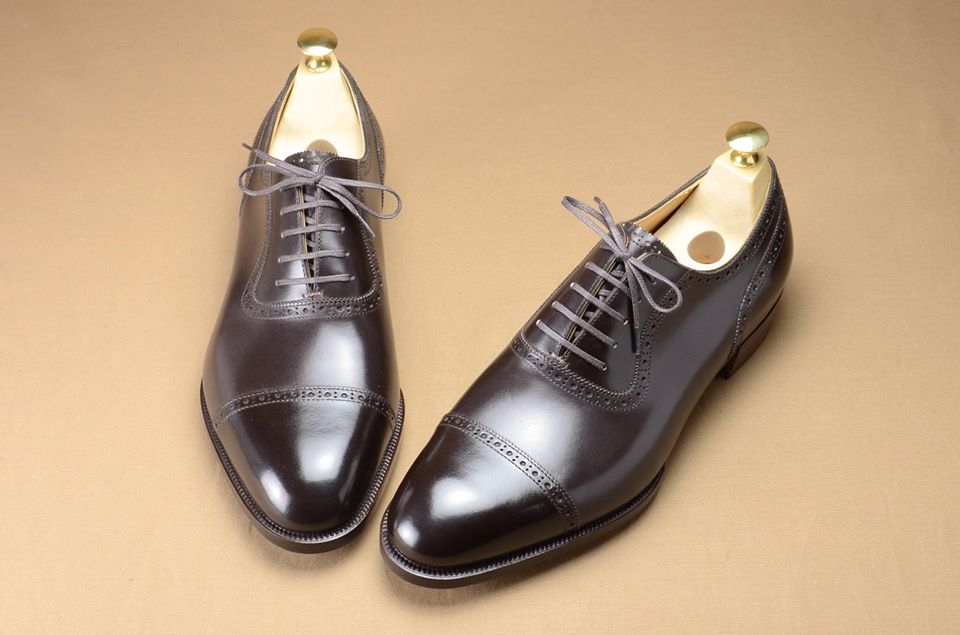
I read you have a training program for young shoemakers, is it still operating? What does it teach and can you introduce some students there?
It has been closed. It was the training program including all aspect of bespoke shoemaking skill and knowledge that we have achieved. Some of students have started their job not only bespoke shoemaking but also ready to wear, repair business. You can see some of their job at following Instagram account.
@moyo_boatshoes, @shoeskenjihashimoto, @torusaitoshemaker, @itarusasson_shoemaker, @rendoasakusa, @apego_handmade_shoemaker, @sewn_shoe_maker

Could you say something to Chinese shoe lovers and young shoemakers?
For Chinese shoe lovers,
Shoes express your personality. Buying the RTW shoes is just choosing from the shoe shelf. Making the shoes by MTO, MTM or Bespoke is starting from your foot and your mind.
Everyone has different foot, different personality. So try to make your shoes from your favorite shoemaker. It would be a valuable experience. The shoes would make your life better.
For young shoemakers,
Let’s keep on making an effort to be a better shoemaker and make better shoe culture with our customers.

